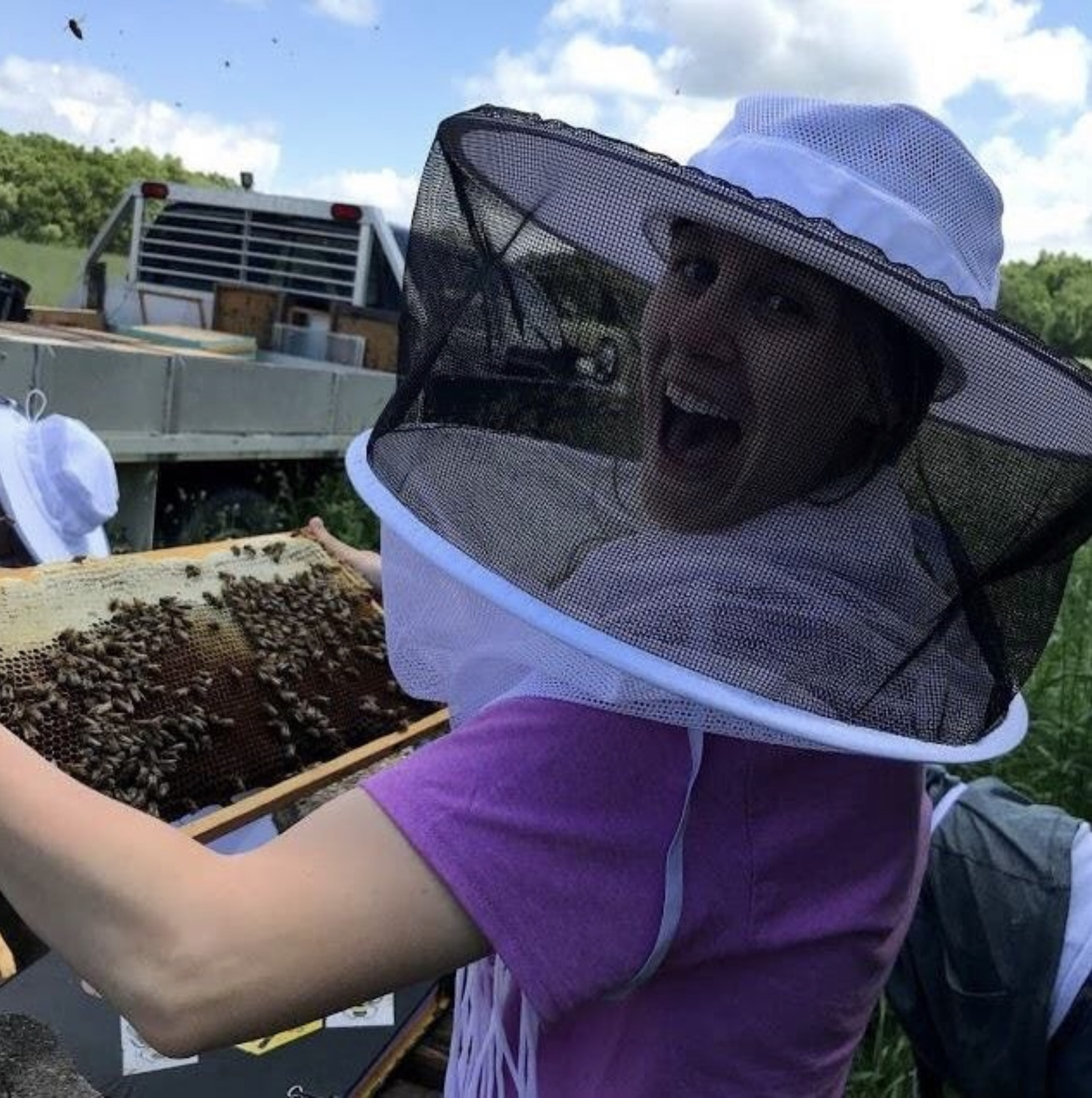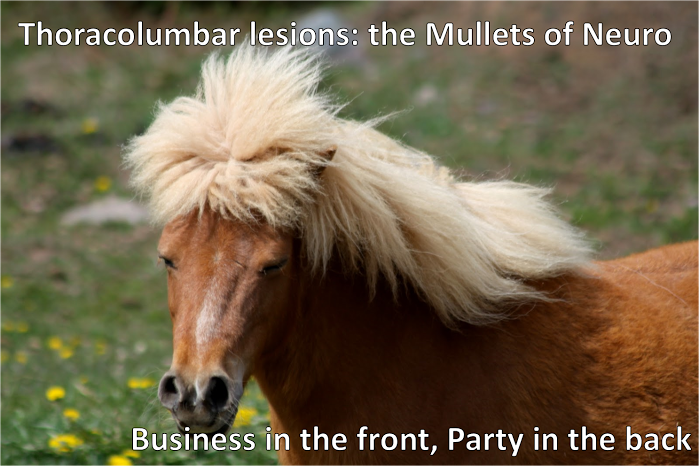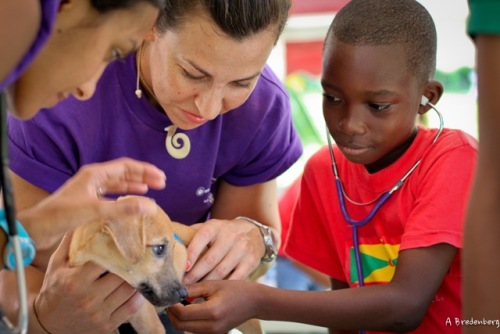The Anatomy Lesson of Dr. Corton
 Tuesday, June 9, 2015 at 01:00PM
Tuesday, June 9, 2015 at 01:00PM Lindsay Oksenburg - St. George's University
V:50 I:4 Creative Corner Honorable Mention

 Illustration,
Illustration,  St. George's University in
St. George's University in  Creative Corner
Creative Corner  Tuesday, June 9, 2015 at 01:00PM
Tuesday, June 9, 2015 at 01:00PM Lindsay Oksenburg - St. George's University
V:50 I:4 Creative Corner Honorable Mention

 Share this Post | Comments Off
Share this Post | Comments Off  Illustration,
Illustration,  St. George's University in
St. George's University in  Creative Corner
Creative Corner  Tuesday, May 19, 2015 at 01:00PM
Tuesday, May 19, 2015 at 01:00PM Here are the other three of our favorite veterinary student memes from the Life as a Vet Student category:
Ann Abress - St. George's University

Eric Littman - Tufts

Joe Swartz - Texas A&M

 Share this Post | Comments Off
Share this Post | Comments Off  St. George's University,
St. George's University,  Texas A&M,
Texas A&M,  Tufts,
Tufts,  veterinary student meme in
veterinary student meme in  Memes
Memes  Tuesday, May 12, 2015 at 01:01PM
Tuesday, May 12, 2015 at 01:01PM Note from the Editor: This is an incredible video. I hope that, as a future veterinarian, you appreciate watching it. It may even be beneficial to show pet owners who have recently received news of this diagnosis on their own pet. If you enjoy this video, please share it with your friends and leave feedback on the youtube page or on The Vet Gazette Facebook page.
Morgan McMillan - St. George's
V:50 I:4 Overall Best Submission and 1st Place Experiences Winner
 Share this Post | Comments Off
Share this Post | Comments Off  St. George's University,
St. George's University,  video in
video in  Experiences
Experiences  Saturday, December 28, 2013 at 04:01PM
Saturday, December 28, 2013 at 04:01PM Winner - Cases and Abstracts
Aki Otomo, St. George’s University
Cheddar is my 10 year-old Domestic Shorthair feline who I adopted in 2004 after he had sustained severe sacro-iliac trauma from being hit by a car at the age of 14 months. He initially presented with a necrotic tail pull injury, which required a short tail amputation with extensive urinary catheterization post-operatively.
By the age of 4 years, Cheddar exhibited numerous neurogenic issues including constipation, megacolon, urine retention from detrusor areflexia and fecal incontinence with pudendal nerve impingement. In 2011 his megacolon had progressed to a point where a subtotal colectomy was necessary. Subsequent sequelae included surgical dehiscience and septic peritonitis. In addition, his bladder atony became so severe he required a permanent low profile cystostomy tube for 14 months. Chiropractic adjustment, low level laser therapy and acupuncture allowed the removal of the cystostomy tube due to increased conscious voiding on Cheddar’s part, however he retains approximately 35mL of urine post-void. He currently suffers from chronic ascending multi-drug resistant urinary tract infections.
In December 2012, he was diagnosed with Inflammatory Bowel Disease (lymphactyic plasmacytic) with minimal villous lymphangiectasia and chronic mild gastritis. Initial therapy with diet change and Budesonide proved unsuccessful as his cachexia, weight loss and vomiting continued. Further Prednisone therapy resulted in a bladder wall fistula at his previous bladder pexy surgical site. Therefore, systemic immuno-supressants and steroids were ruled out as an ongoing treatment option for his IBD. After consulting with both his Internist Dr. Katie Baxter (BVSc, ACVIM) and Surgeon Dr. Alan Kuzma (DVM, ACVS), in July 2013, we enrolled Cheddar in Vet Stem’s IBD Developmental Program to use adipose derived adult mesenchymal stem cell therapy to potentially treat his IBD.
Background
Stem cell therapy is a fairly new form of treatment for a variety of diseases. Current clinical data has proven stem cell therapy to be effective for treatment of certain cases of equine osteoarthiritis, degenerative joint disease, osteochondrosis dissecans, ligament and tendon injuries, sub-chondral bone cysts, meniscal injuries and fractures (Nixon et al., 2008). In feline and canine patients, it is used most often for osteoarthirits (Black et al., 2007 and Black et al., 2008), orthopedic soft tissue injury, polyarthiritis and fractures. Although the complete understanding of the physiological mechanisms of stem cells have yet to be completely elucidated, stem cells are thought to promote healing and decrease inflammation and modulate inflammatory immune responses (De La Garza Rodea, 2011). They have the ability to modulate and control inflammatory cytokines and target areas of chronic inflammation (Fiorina et al., 2009) where they can potentially ‘re-set’ the inflammatory response through regeneration of normal cells and cell function (Zuk et al., 2002). Therefore, there is wide spread interest in researching stem cells to cure autoimmune diseases and disorders (Zuk et al., 2001).
Currently, there are various clinical trials being conducted on the use of stem cell therapy in felines with chronic renal disease with one such high profile trial being conducted at the Animal Medical Center in New York.
 Share this Post | Comments Off
Share this Post | Comments Off  St. George's University,
St. George's University,  neurology in
neurology in  Cases/Abstracts
Cases/Abstracts  Saturday, February 16, 2013 at 03:00PM
Saturday, February 16, 2013 at 03:00PM Winner, Creative Corner
Ashley Bredenberg, St. George's University
 Taken at the One Health One Medicine Fair in Grenada
Taken at the One Health One Medicine Fair in Grenada
 Share this Post | Comments Off
Share this Post | Comments Off  St. George's University,
St. George's University,  one health in
one health in  Creative Corner
Creative Corner